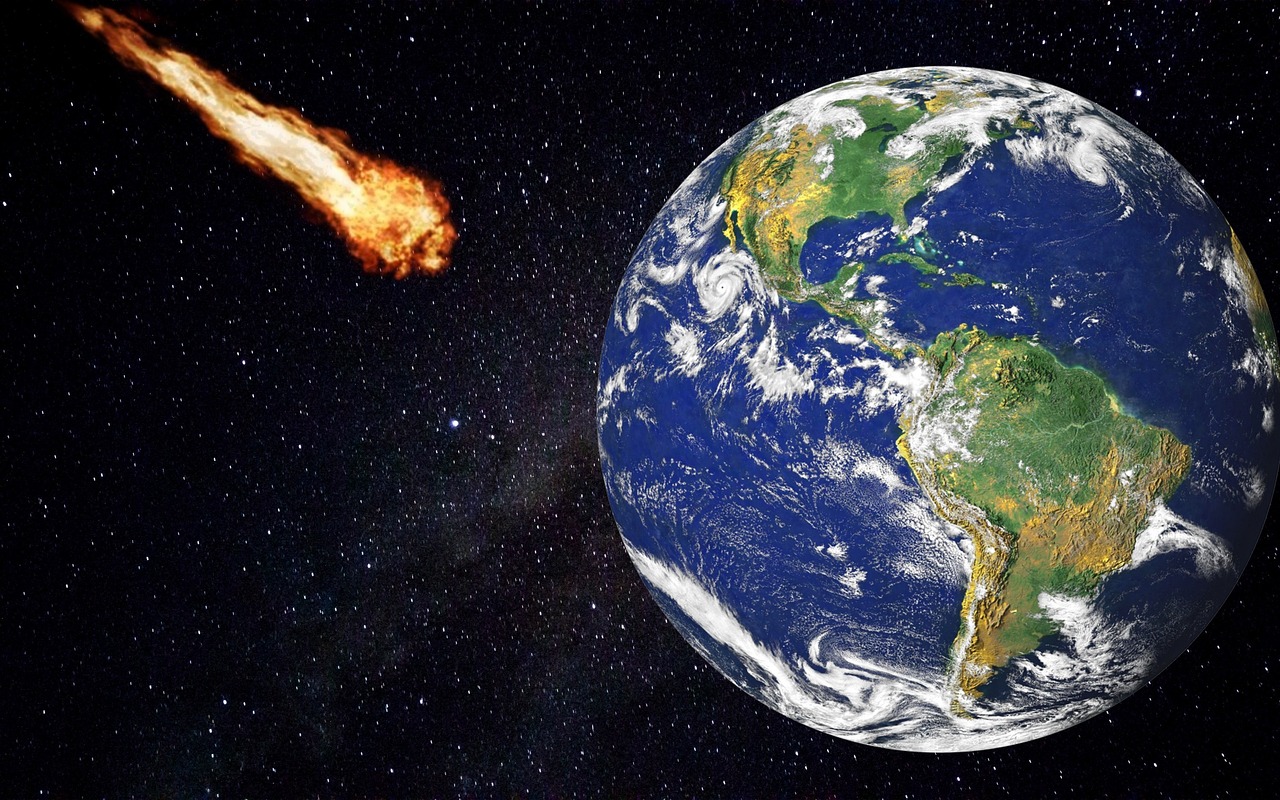- How Meteorologists Predict Storms Using Satellite Data - October 3, 2025
- What Causes Rainbows And Why They’re Always Curved - October 1, 2025
- 3 Industries Face Crushing New Tariffs as Trade War Escalates - September 28, 2025
The Mystery of Asteroid 2024 YR4
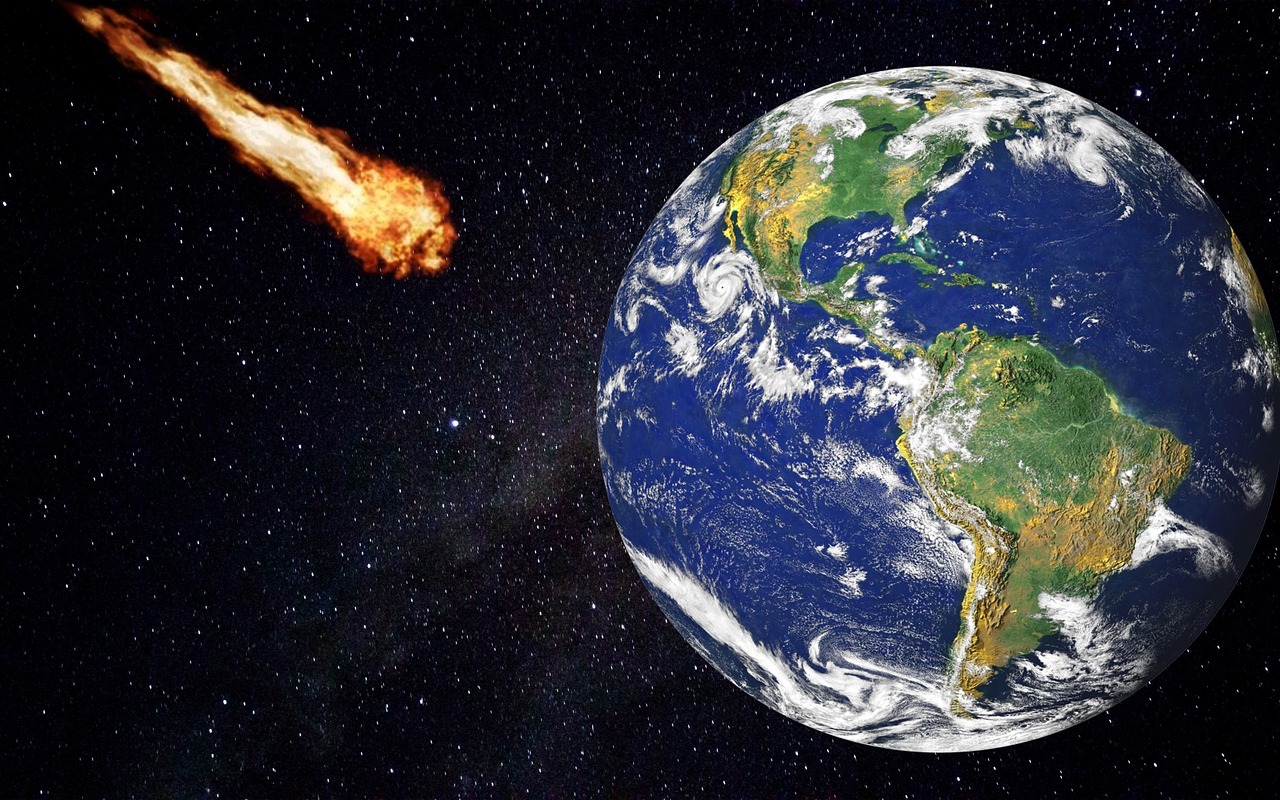
The asteroid known as 2024 YR4 is currently out of sight but remains a top concern for scientists. Initially thought to pose a threat to Earth, this building-sized space rock is now beyond the reach of telescopes as it continues its orbit around the sun. Astronomers are keeping a close watch for its return, with new attention turning to the moon as a possible target.
Early Concerns About a Collision with Earth
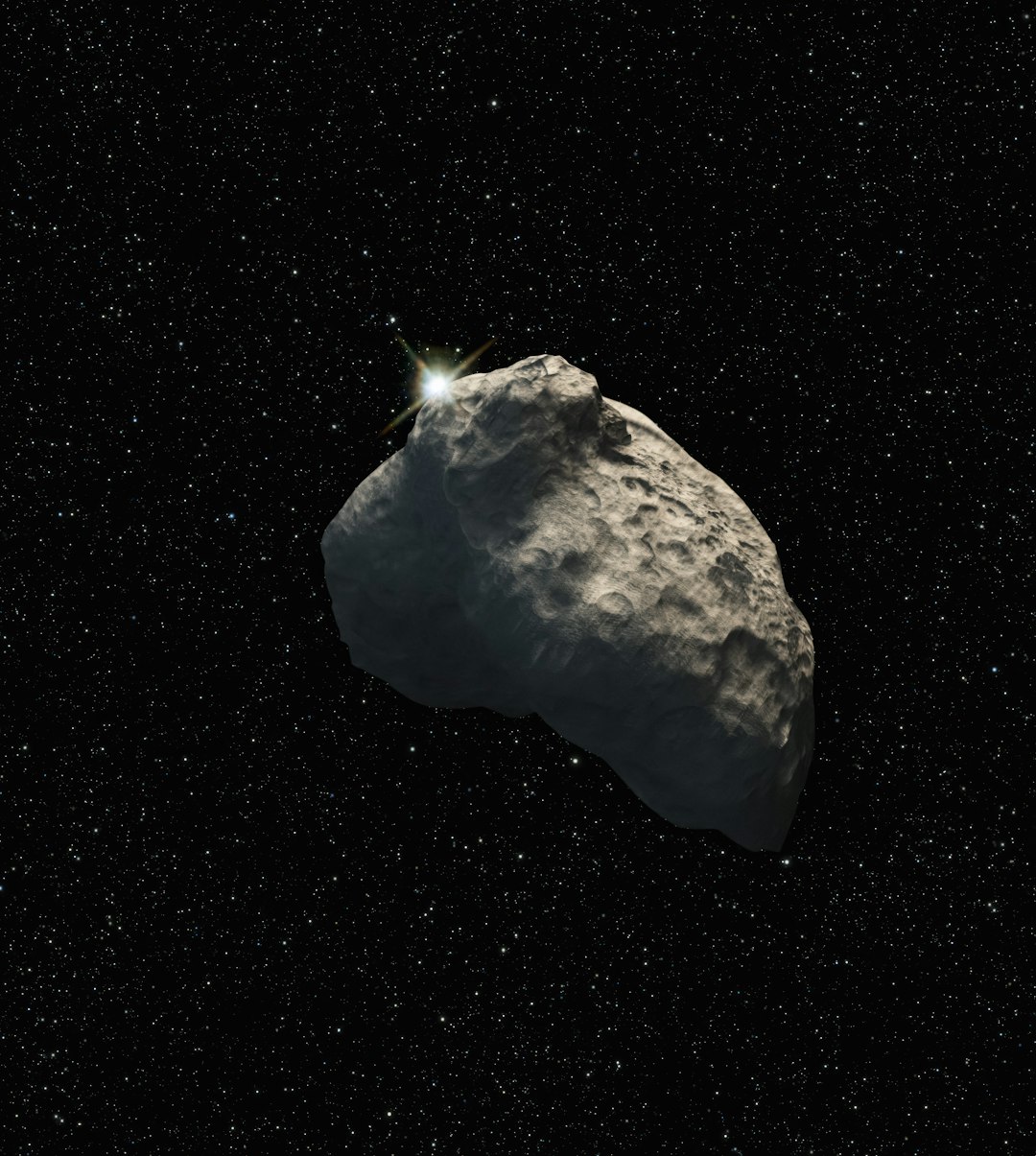
Discovered in late 2024, 2024 YR4 was first believed to be on course to hit Earth by December 22, 2032. At its peak, there was a 3.1% chance of impact, making it the riskiest asteroid ever tracked. Ongoing observations helped narrow down its trajectory, eventually ruling out a direct threat to our planet.
Improved Tracking and a New Threat
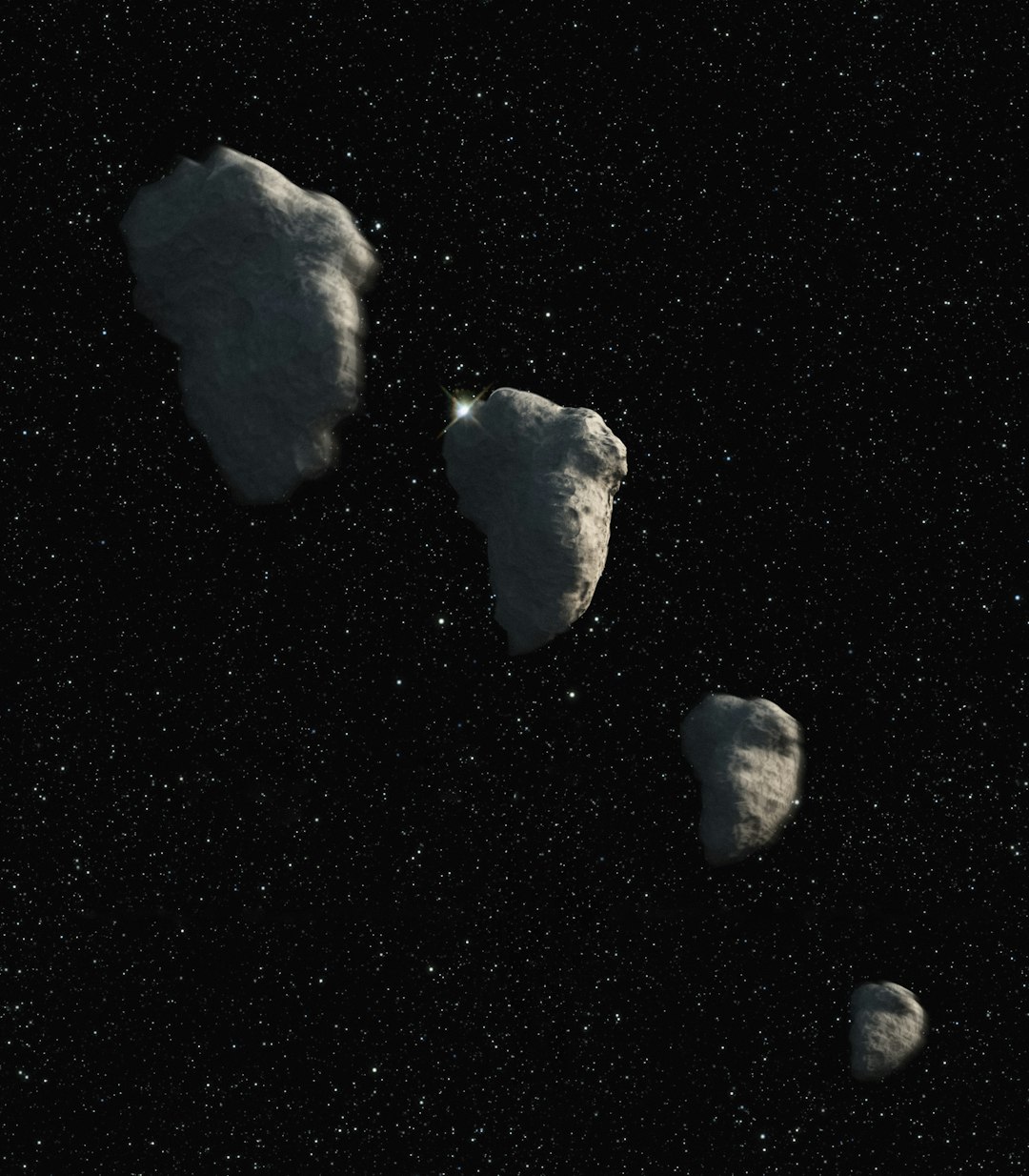
Thanks to ground and space-based telescopes, astronomers were able to measure YR4’s size and path more accurately. NASA reports that by early June, just before the asteroid vanished from view, their understanding of its position in seven years improved by nearly 20%. Although Earth is safe, there’s now a possibility YR4 could strike the moon in late 2032.
Potential Impact on the Moon
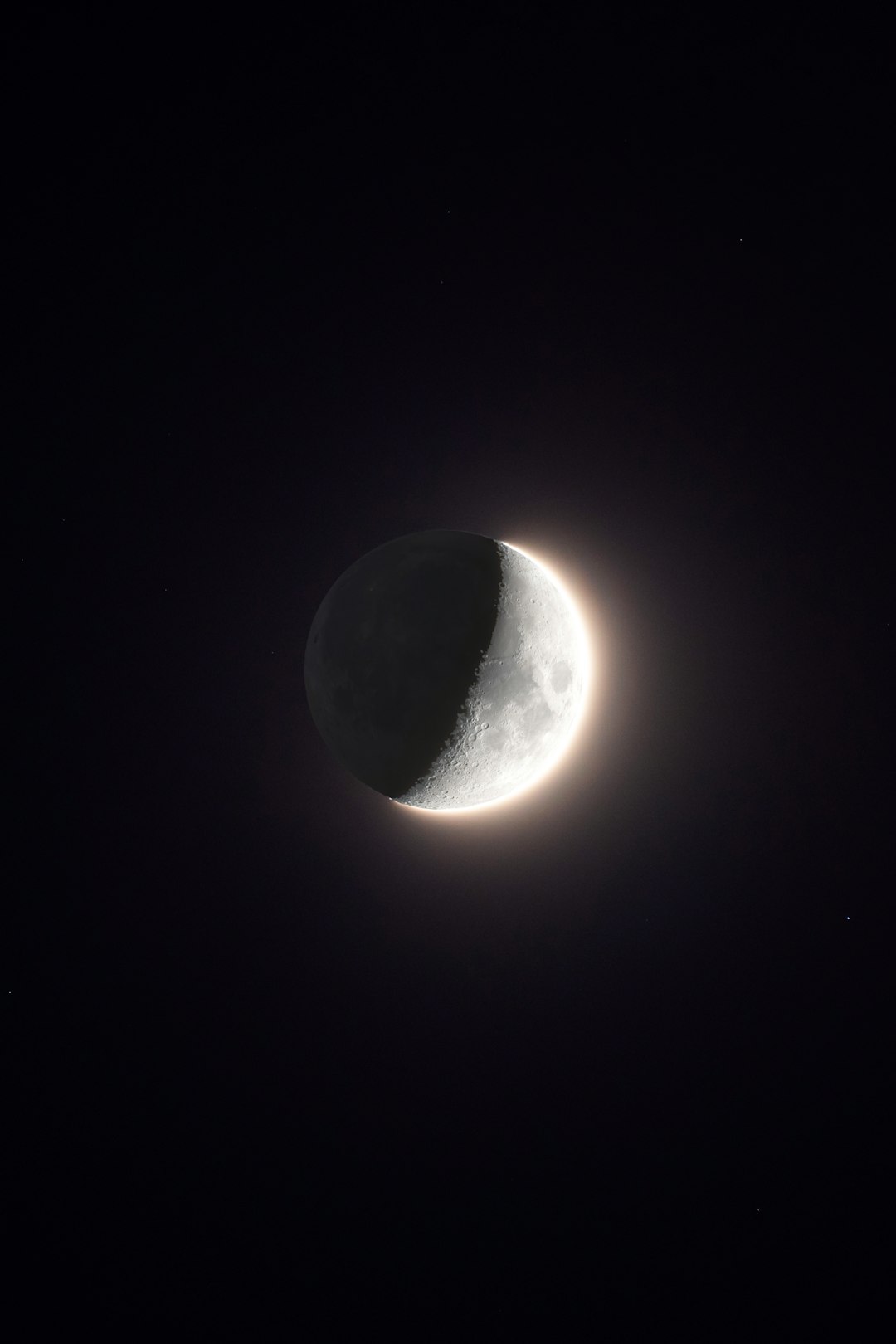
If YR4 collides with the moon, it would be a once-in-a-lifetime event visible from Earth. The impact could send lunar dust and debris hurtling through space—some of which may eventually reach Earth, creating a remarkable meteor shower.
Risks to Astronauts and Satellites
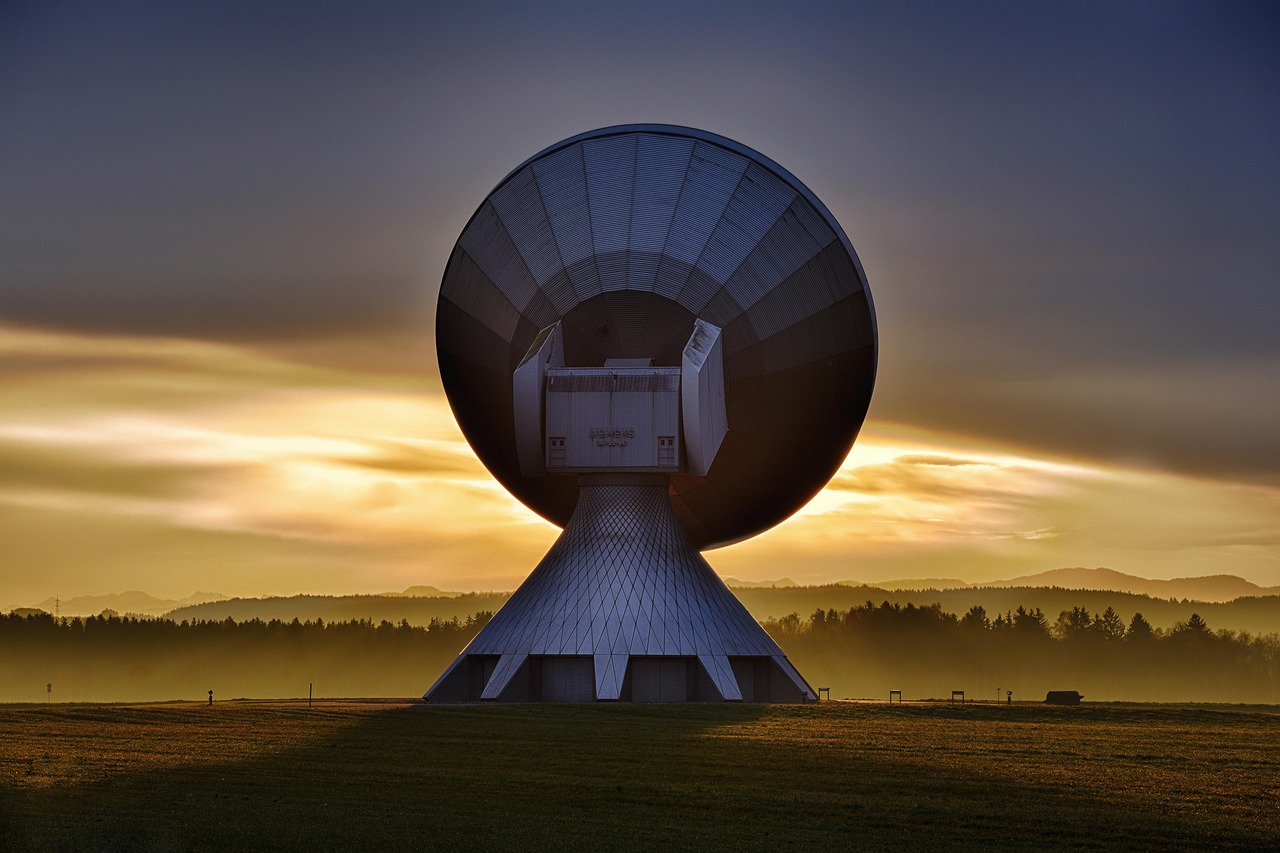
While Earth itself wouldn’t face major danger from a lunar impact, astronauts or equipment on the moon could be at risk. Satellites orbiting Earth might also be threatened by small, fast-moving debris, potentially affecting navigation and communications systems.
Redefining Planetary Defense
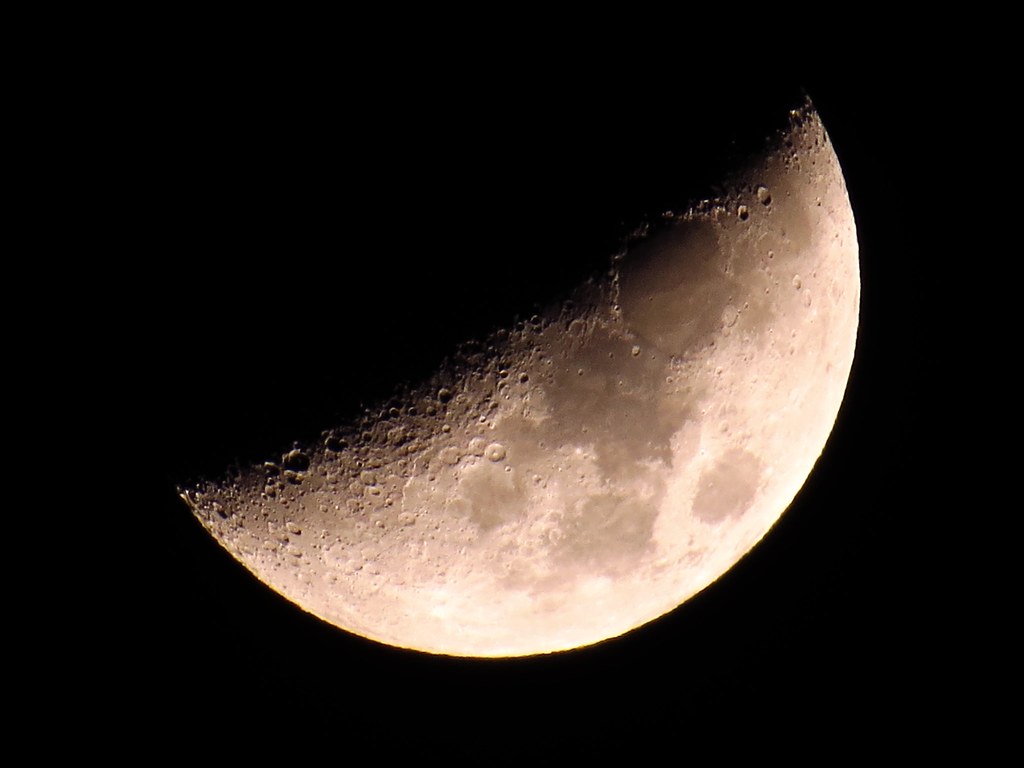
YR4’s story highlights why planetary defense is so important. The incident suggests scientists may need to expand their focus to include threats to the moon, especially as humans establish a presence beyond Earth.
Understanding the “City Killer” Asteroid
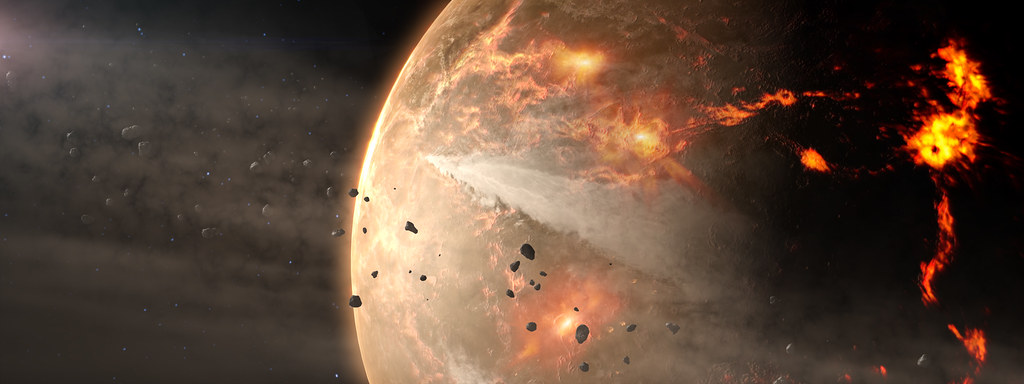
YR4, about 60 meters in diameter, is considered a “city killer.” While much smaller than the asteroid that wiped out the dinosaurs, it could cause regional devastation if it hit Earth. Although most larger, more dangerous asteroids have been found, many smaller objects remain untracked.
What Would a Moon Impact Look Like?
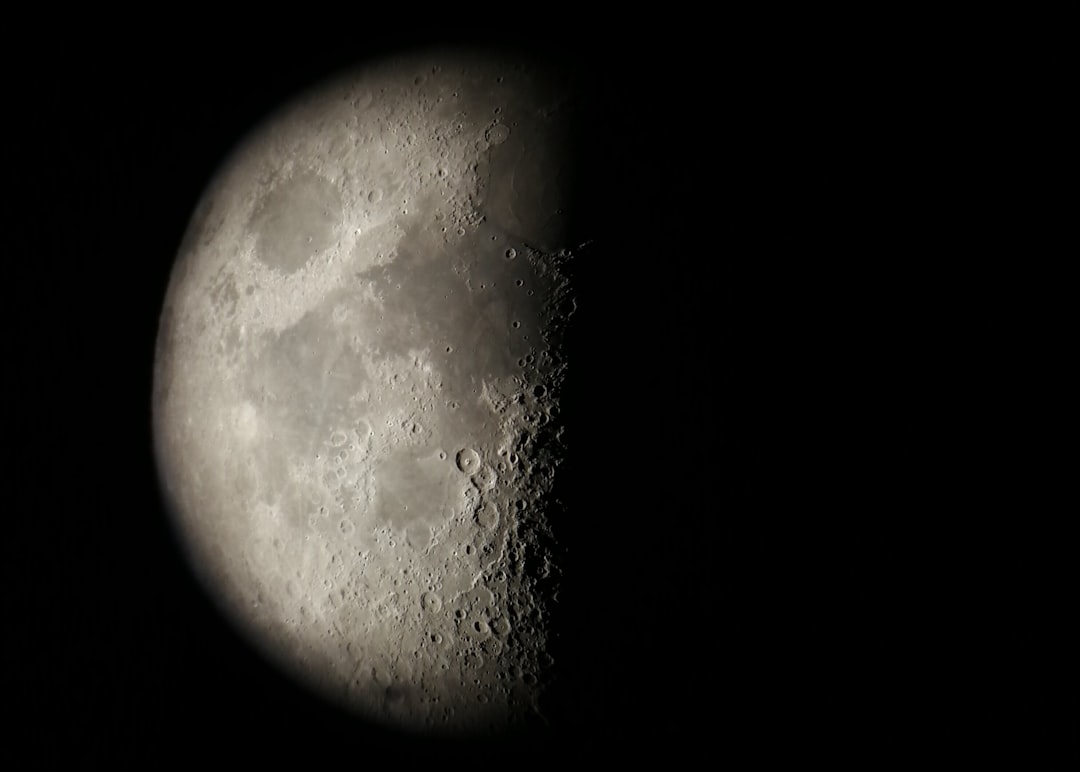
Initial estimates suggest a YR4 impact could create a flash visible from Earth and a crater about a kilometer wide. The collision could launch up to 220 million pounds of lunar debris. While small pieces might pose risks to lunar missions, any debris reaching Earth would mostly be harmless, burning up in the atmosphere.
Potential Impacts on Earth’s Satellites
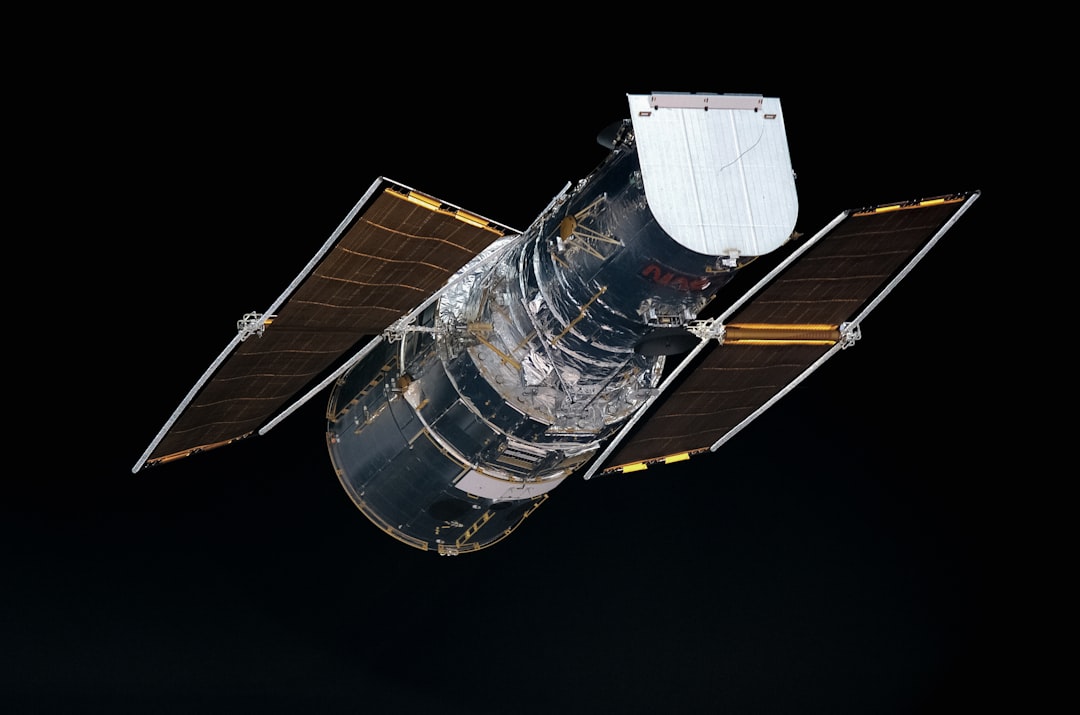
If lunar debris reached Earth’s orbit, it could damage satellites, especially sensitive components like solar panels. While the threat of a “Kessler Syndrome” chain reaction is unlikely, temporary disruptions to communications or navigation could occur.
Planetary Defense: Lessons and Actions
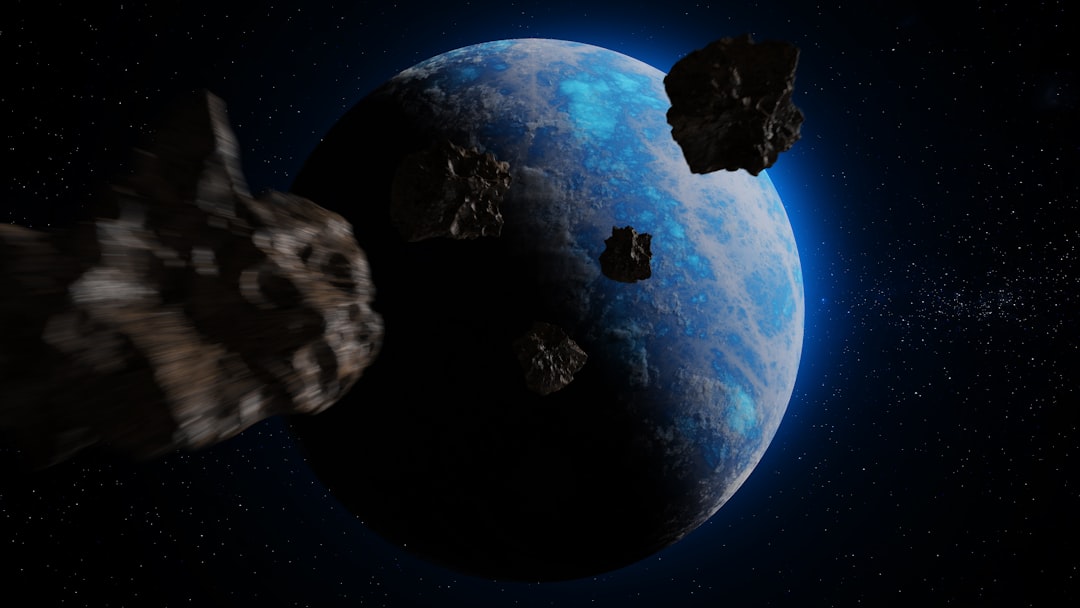
Scientists are considering whether a mission like NASA’s DART—which redirected an asteroid in 2022—could one day be used to protect the moon. YR4 provides an opportunity to rethink and possibly expand planetary defense strategies to include our lunar neighbor.
The Challenge of Tracking Asteroids
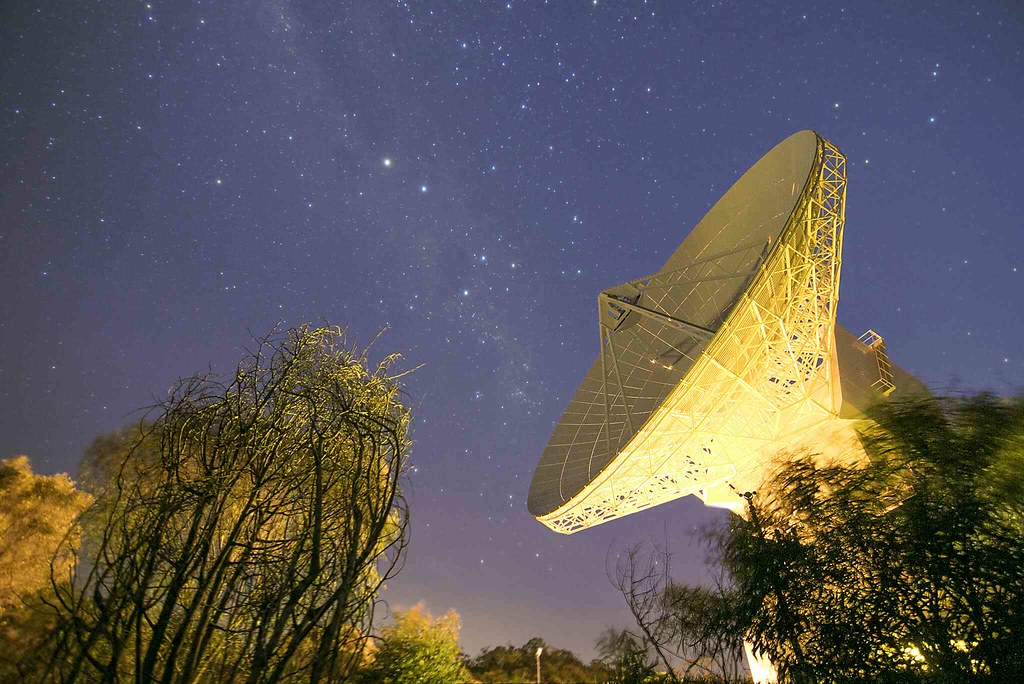
Asteroids like YR4 can be difficult to spot, especially when approaching from the sun’s direction. New telescopes, such as NASA’s NEO Surveyor and ESA’s NEOMIR, aim to close this observational blind spot. These tools will help scientists detect hazardous asteroids earlier and improve planetary safety.
Looking to the Future
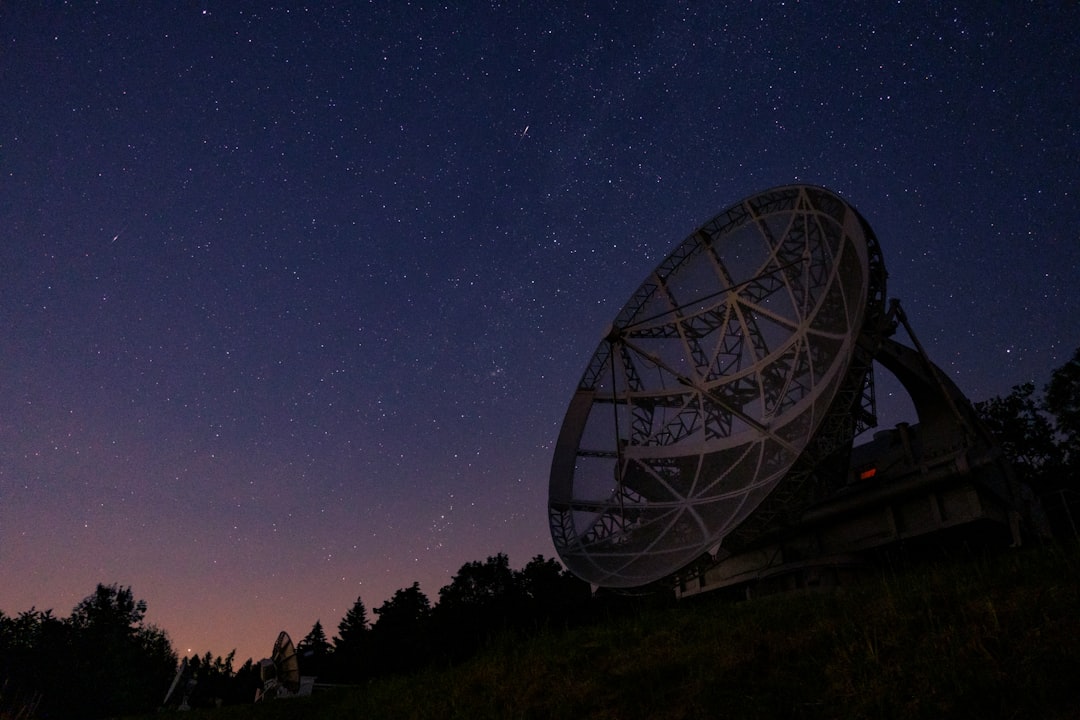
The discovery and tracking of YR4 underscore the value of powerful telescopes and international collaboration. With new observatories coming online and future missions planned, scientists are better equipped to monitor threats not just to Earth, but to the moon as well. The evolving story of YR4 is shaping how humanity prepares for—and learns from—potential cosmic impacts.

